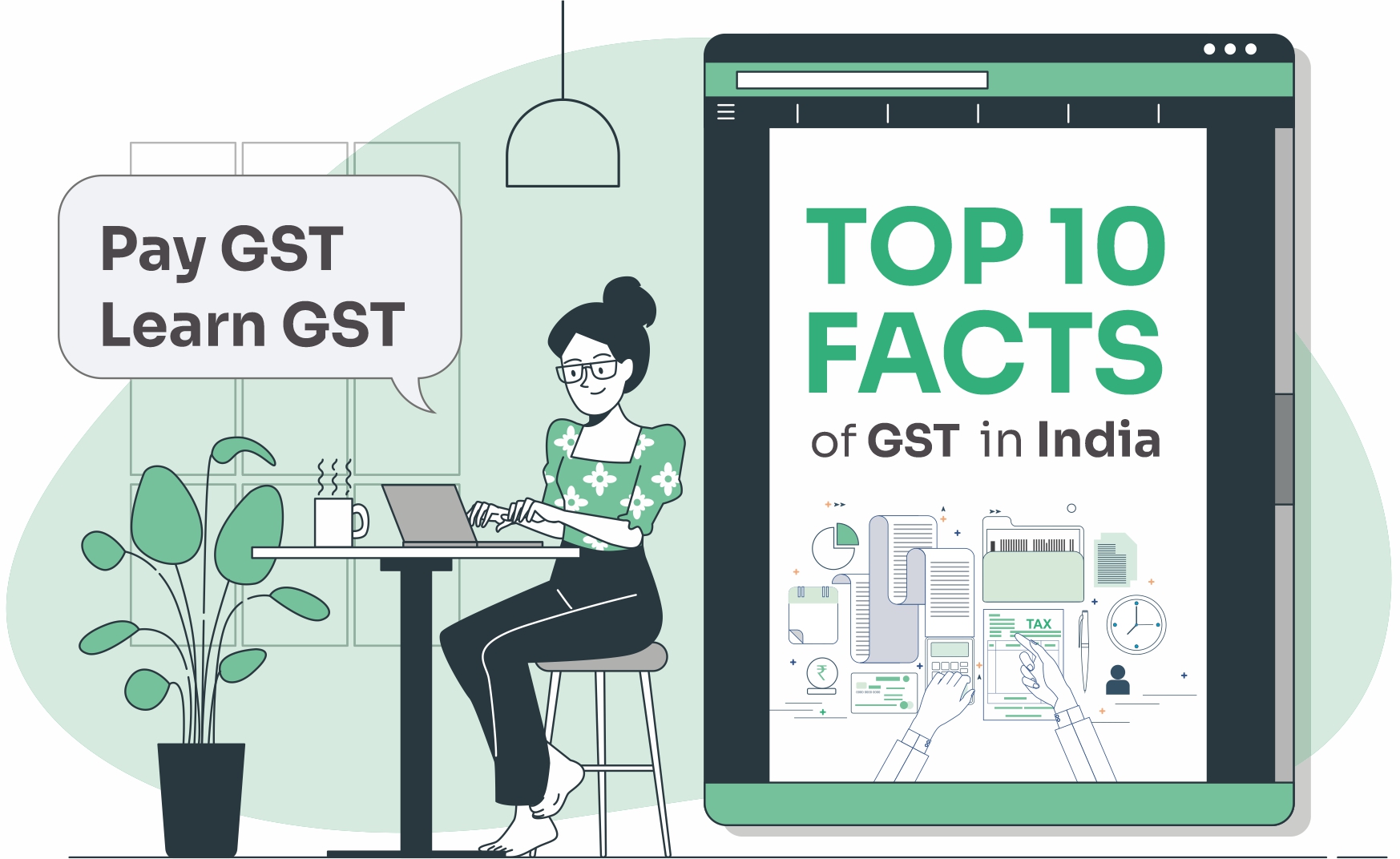
Pay GST Learn GST – Top 10 Facts of GST in India
Just paying the GST Return doesn’t make you GST professional anymore!
We should be taxing consumption rather than incomes overall. Having one system which covers the entire nation will make a nation richer. The main objective of the implementation of GST is to make a uniform tax system in one country.
The Goods and Services Tax (GST) is a multi-stage tax method with a comprehensive nature that is used for the sale or purchase of goods or services. It has replaced many other indirect taxes in India such as excise duty, VAT, services tax, etc., the GST Act came into effect on July 1, 2017.
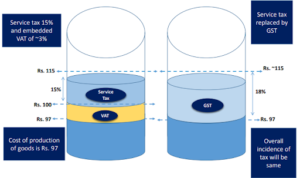
Source: National Tax Market
So, GST, like a VAT system, does increase the inspection of the entire supply chain along with having a 14, or 18, or 28%, tax on something. Everyone wants the GST documents to show that they’ve paid out the tax and should be able to reclaim it.
GST course training helps you to understand the comprehensive terminologies and concepts, applicability, and impact of Goods and Services Tax or GST.
- GST course training helps in raising an individual’s salary by 15% to 25% on average with effective knowledge.
What are the advantages of learning GST course training?
- GST training increases the number of job opportunities available to individuals that enable them to start their consultancy.
- It helps to increase the knowledge of taxation, finance, and accounting professionals.
- It creates a path for huge career corporations.
- It offers a classroom and online environment for better learning from theoretical knowledge to practical implications.
Now, Thinking about joining a GST course?
The GST course training from ICA Edu Skills provides you the accessibility to become a certified GST professional by providing you with the necessary tools and knowledge.
Who can join the GST training course?
The following entities can join the GST course training, such as –
- Graduates from any background, Chartered accountants, Certified Management Accountants, Company Secretaries, and many more.
- Professionals who are wanting to move from the finance domain to taxation.
- Individuals who want career opportunities in taxation.
- Finance professionals.
Do you know How to Determine the Place of Supply?
Under GST components ‘place of Supply’ is the important factor that defines whether the transaction will be counted as intrastate or interstate. Also, the changeability of tax – SGST, CGST & IGST will be determined through the knowledge of the GST course training.

Most economists are positive about GST implementation. The GST slab rates are usually high for luxury supplies and low for essential needs as they vary like 5% GST, 12% GST, 18% GST, & 28% GST.
10 major facts of GST in India are mentioned below :
- GST elements organized various market strategies through a single indirect tax!
Traders or manufacturers will be indifferent while selling the products within the state or outside the state. Effectively, the GST will subsume almost all the indirect, except the import duties, under one single tax with different parameters – 0%, 5%, 12%, 18%, and 28%.
Thus, excise duty, service tax, Central sales tax, VAT, entry tax, will be added to the GST.
- GST covers all the products produced in India!
Yes, the GST law includes all the products produced in India. Not only products that are produced in India also the imported goods fall under GST law and rules that one can get knowledge from GST training courses. But there are some exemptions where GST doesn’t fall under rules, such as – crude oil, Diesel, petrol, natural gas, electricity, liquor, and so on.
- GST impacted the services in India differently!
Formally the tax was regulated from central only. After GST was implemented the overall services in India converted into a specific way. Using the subset of GST elements, the services tax has been divided equally between all stages.
- Implementation of Input Tax Credit:
GST implementation affects the understanding of ITC or Input Tax Credit. Get access to the complete understanding of ITC with GST training courses. The basic thing to understand is there is no clue of cross-credit in GST calculation. Such as – CGST can be ITC for CGST and SGST can be the ITC for SGST only.
- Difference between specific product prices after post-GST inflation!
After the introduction of GST, some products are likely to get cheaper whereas some of the products are likely to get costly. This inflation after the instruction of GST was a little complicated. Whether the price is low or high depends on the nature of the manufacturing.
- Basic information of GST implementation:
The GST has been implemented with the GST rules and laws, along with a Canadian model. The first state to effectively implement GST was – Assam.
- Who is eligible to pay GST and get GST to return?
Any of the organizations with a turnover above Rs. 20 lakhs (2 million) are eligible for paying tax and filing tax returns. For North-eastern states, the turnover was reduced to Rs. 10 lakhs for applying or filling GST. Know more about GST through GST training courses.
- What are the laments of GST:
There are 3 major elements for the effective GST training course module one should know more about-
- SGST,
- CGST and,
- IGST.
- Value of Supply of Goods or Services Between Related Person Under GST:
Many businesses have multiple branches across the states. Under the existing GST law, they are required to register separately in each state they are operable in.
There can be multiple entities within an aggregate that require multiple registrations under GST.
- GST Return how and when to file:
A return is a document, a taxpayer is required to file as per the law with the tax administrative authorities. Under GST, a normal taxpayer will be required to furnish three returns monthly and one annual return.
There are separate returns for a taxpayer registered under the composition scheme, taxpayer registered as an Input Service Distributor, a person liable to deduct or collect the tax under TDS and TCS.
Wrap up!
All the facts mentioned above have been observed in many ways, so it is very important to read the facts carefully that will surely be helpful in your success!
- Best Accountant Training Program and Job Opportunities in 2022 - November 11, 2022
- Accounting Class Near Me | Search & Choose your Course - May 25, 2022
- Tally Class Near Me | Search & Choose Your Course Now - May 17, 2022

.jpg)










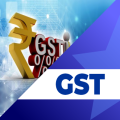

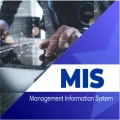




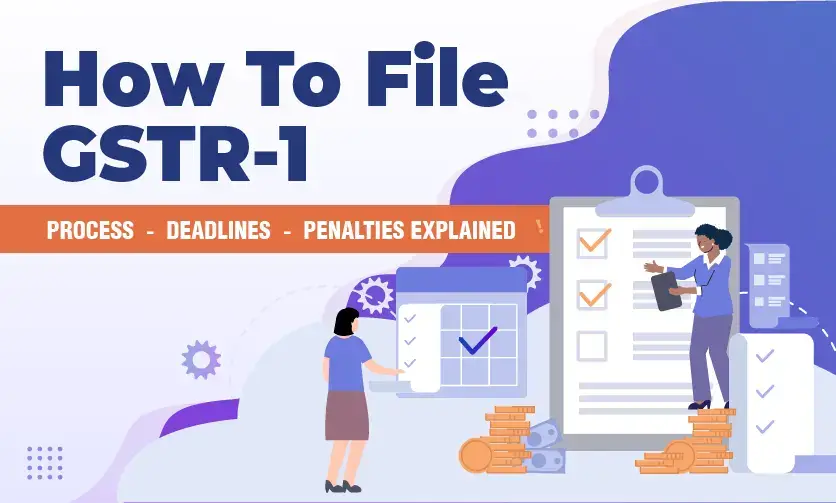
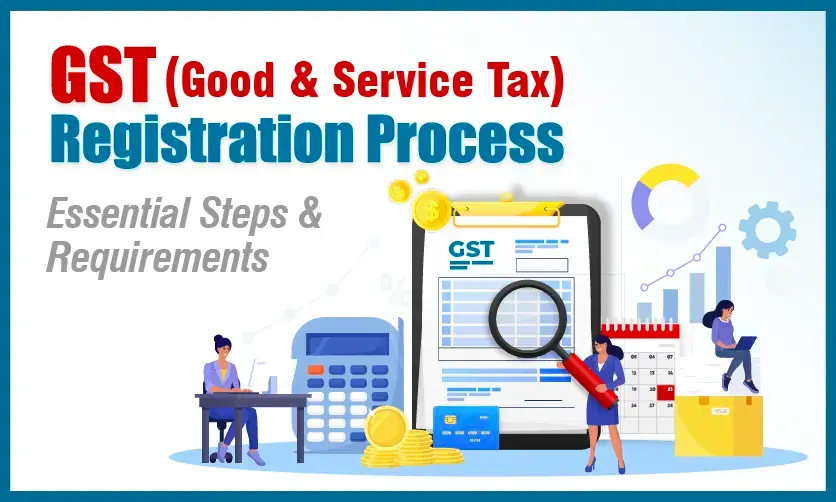
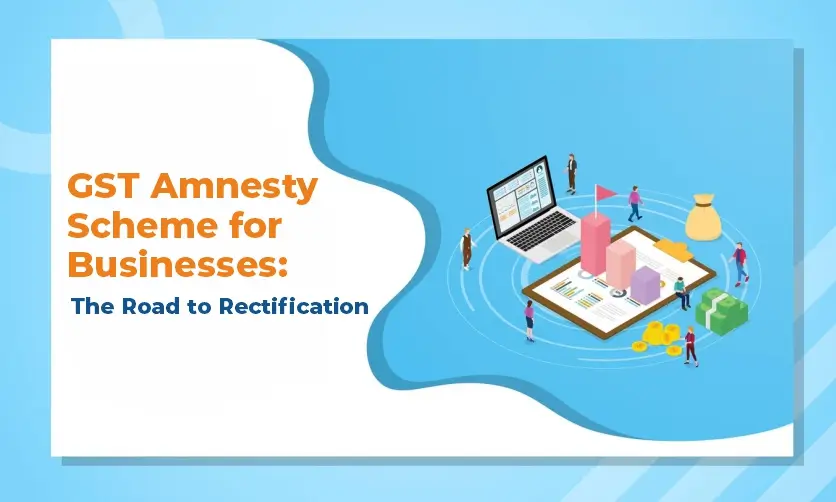
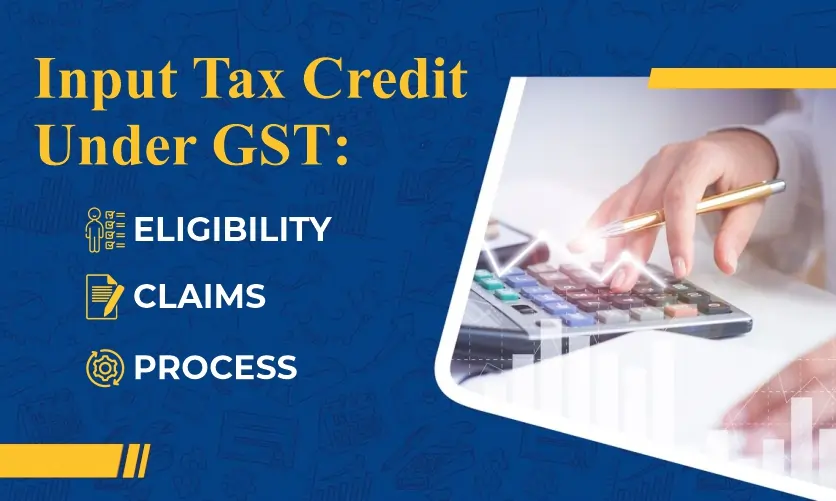
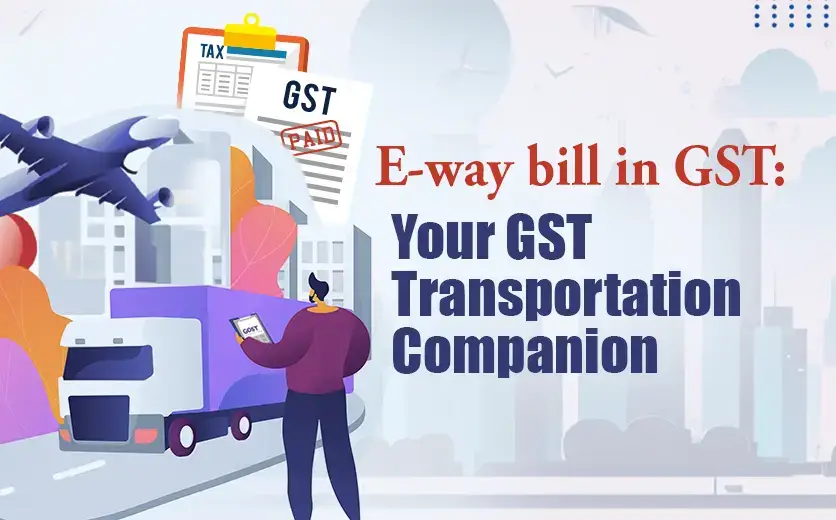

[…] the best GST course, get updated about some of the goods and services that are exempted from GST Law […]